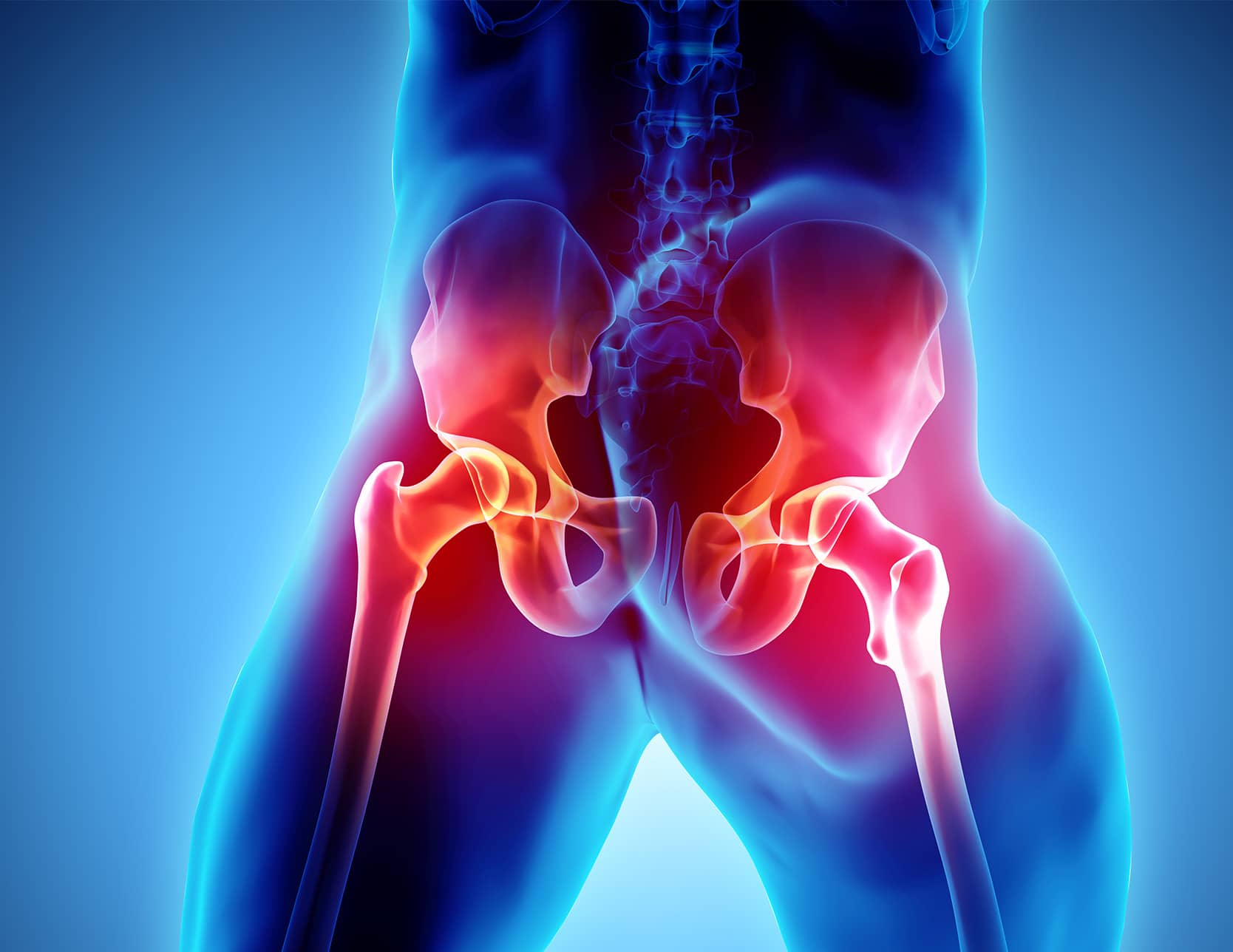Revision of Total Hip Arthroplasty- Indications
Various situations can lead to the revision of a hip prosthesis. A typical case is late wear, which occurs naturally after many years. Conversely, in some cases, revision may be necessary due to dysfunction before wear becomes significant. In situations where implant malposition or severe complications arise, revision may be required shortly after the primary implantation.

Dysfunction of the Hip Prosthesis
In cases of hip prosthesis dysfunction, patients often describe their symptoms vividly, as they experience daily life with an ill-fitting implant. These symptoms may include hip or thigh pain, leg length inequality, imbalance, limping, joint noises, sensations of instability, and recurrent subluxations or dislocations. This can often result in an inability to run and engage in sports under favorable conditions. In all these cases, it is crucial to conduct a rigorous diagnostic process to consider the appropriateness of surgical revision, taking into account the risk-benefit ratio.
When to Change a Hip Prosthesis
Determining the indication for hip prosthesis revision requires a comprehensive analysis of the hip’s history through patient interviews and a review of the medical records, starting with the imaging conducted before the prosthetic implantation. Careful examination of the operative reports complements the clinical assessment. Additional imaging, including 3D imaging, helps establish a connection between the symptoms and objective elements related to the prosthesis or its anatomical surroundings. The functional outcome after prosthetic revision will be partly linked to the quality of the surgical indication.